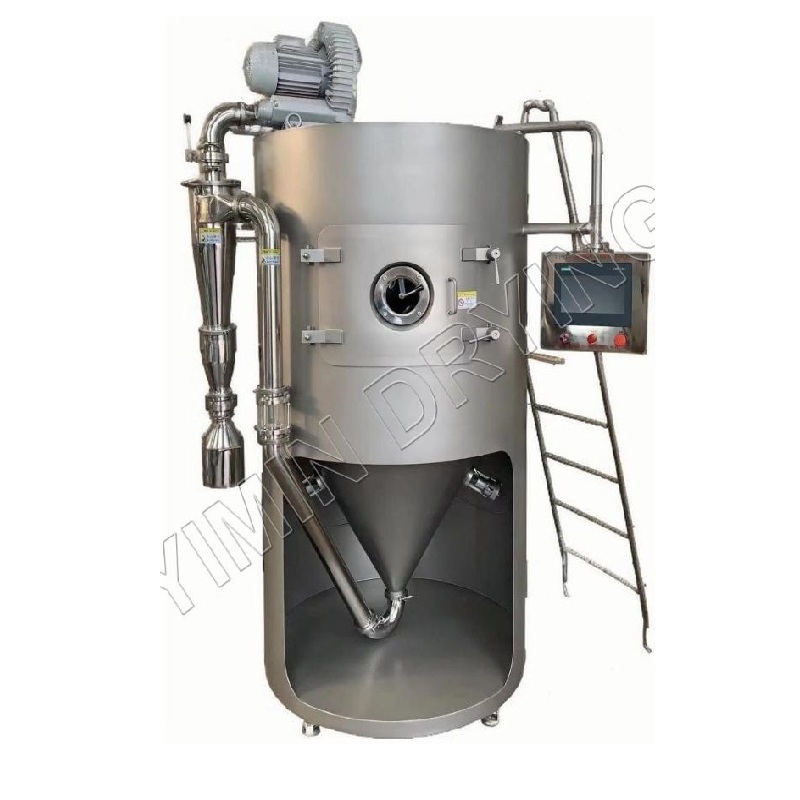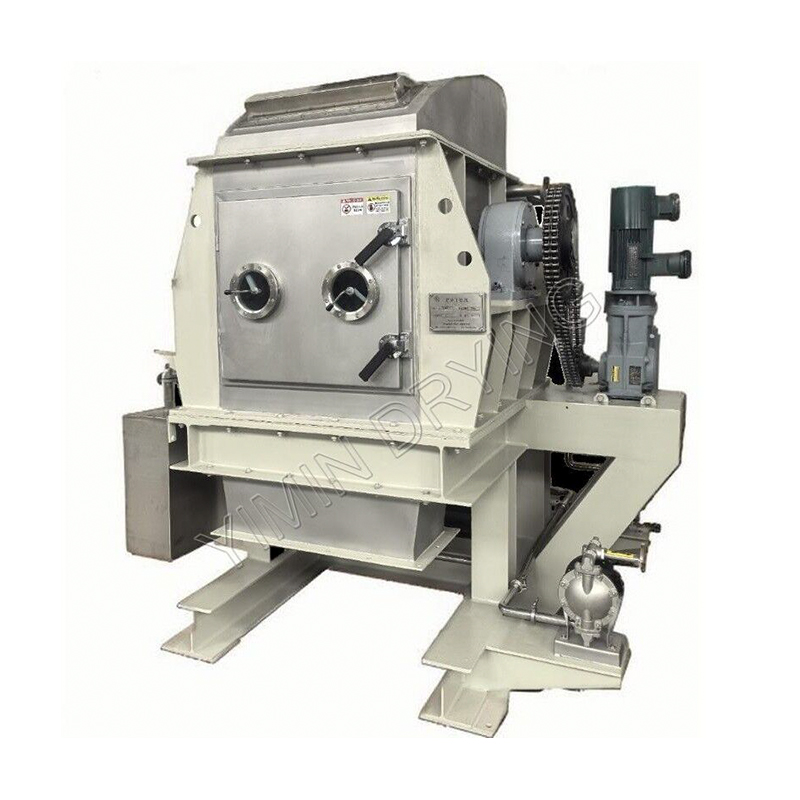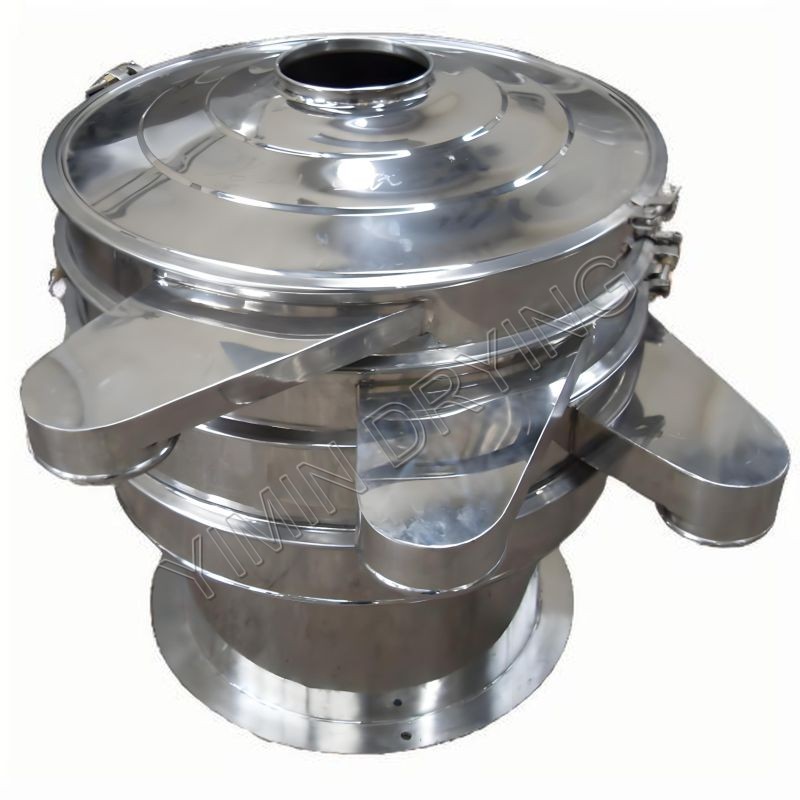The Crucial Role and Evolution of the Industrial Dryer
The industrial dryer is an indispensable piece of machinery across a vast spectrum of manufacturing and processing environments. Far from a simple, large-scale version of its household counterpart, this equipment is engineered for high-throughput, continuous operation, and precision in moisture removal, which is critical for product quality, operational efficiency, and process safety.
Diverse Applications and Essential Function
The primary function of an industrial dryer is to reduce the moisture content of a material to a specified, often very low, level. This is essential for numerous reasons:
-
Product Quality and Stability: Removing residual moisture prevents microbial growth, chemical reactions, caking, and degradation, thereby extending the shelf life and maintaining the integrity of the final product.
-
Preparation for Subsequent Processing: Drying can improve flowability for packaging, increase material hardness for grinding, or meet specific parameters required for the next step in a production line (e.g., curing or heat treatment).
-
Weight Reduction for Transport: In industries like timber or mineral processing, reducing moisture content significantly lowers shipping costs.
-
Safety: Removing solvents or flammable liquids through controlled drying is a critical safety measure in chemical and pharmaceutical manufacturing.
The diversity of applications is staggering, spanning industries such as:
-
Chemicals: Drying powders, granules, and crystals.
-
Food and Beverage: Dehydrating vegetables, fruits, grains, and producing snack foods.
-
Pharmaceuticals: Removing solvents from active pharmaceutical ingredients (APIs).
-
Textiles: Drying fabrics and yarns after dyeing or washing.
-
Wood Products: Seasoning lumber and drying wood chips for particleboard.
-
Minerals and Mining: Processing ores and concentrates.
Key Technologies and Operational Principles
The selection of the appropriate industrial dryer is highly dependent on the material's properties (e.g., heat sensitivity, particle size, consistency), the desired final moisture content, and the required throughput. Modern industrial drying technologies can be broadly categorized based on the method of heat and mass transfer:
1. Convective Dryers
These are the most common type, relying on the movement of hot air or gas to transfer heat to the material and carry away the evaporated moisture.
-
Fluidized Bed Dryers: Ideal for granular or particulate solids. The material is suspended and agitated by a stream of hot gas, ensuring high heat transfer rates and uniform drying.
-
Rotary Dryers: Excellent for continuous, high-volume processing of materials like minerals, aggregates, and certain chemicals. Material tumbles within a rotating, inclined cylinder while being exposed to hot gas.
-
Tunnel and Tray Dryers: Used for batch or semi-continuous drying of sensitive or fragile materials, often involving placing product on trays within a heated chamber.

2. Contact (or Conduction) Dryers
Heat is transferred through direct contact between the material and a heated surface (e.g., a drum or plate).
-
Vacuum Dryers: Often used for heat-sensitive products like pharmaceuticals or fine chemicals. Operating under reduced pressure lowers the boiling point of water (or solvents), allowing drying to occur at much lower temperatures, minimizing product degradation.
-
Drum Dryers: Used to dry liquids or slurries into thin films or flakes. The product is applied to the surface of a large, internally heated, rotating drum.
3. Radiant and Dielectric Dryers
These methods use electromagnetic energy to heat the material, often resulting in rapid and volumetric heating.
-
Microwave and Radio Frequency (RF) Dryers: The energy penetrates the material, heating the water molecules directly from the inside out. This offers faster, more uniform drying and is often used as a final-stage process for textiles, ceramics, or pre-cooked foods.
Contemporary Challenges and Future Trends
The field of industrial drying is continually evolving, driven by demands for greater sustainability, energy efficiency, and regulatory compliance. Drying is one of the most energy-intensive processes in industry, often accounting for a significant portion of a facility's total energy consumption.
Future innovations are focusing on:
-
Heat Recovery Systems: Implementing technologies to capture and reuse waste heat from the dryer exhaust, dramatically improving thermal efficiency.
-
Process Intensification: Combining drying with other operations (e.g., granulation-drying) to streamline the process, reduce equipment footprint, and save energy.
-
Advanced Control Systems: Utilizing sophisticated sensors and computational fluid dynamics (CFD) modeling to precisely monitor moisture content, temperature profiles, and airflow. This allows for real-time adjustments to optimize the process, prevent overdrying (which wastes energy and can damage the product), and ensure consistent quality.
-
Specialized Environmental Dryers: Developing solvent-recovery systems and closed-loop drying circuits to safely handle and recycle volatile organic compounds (VOCs), meeting stringent environmental regulations.
In conclusion, the modern industrial dryer is a complex, high-tech machine at the intersection of thermal engineering and materials science. Its correct specification and operation are vital for maintaining the quality and cost-effectiveness of products across the global manufacturing landscape.



 English
English русский
русский عربى
عربى Türk
Türk




